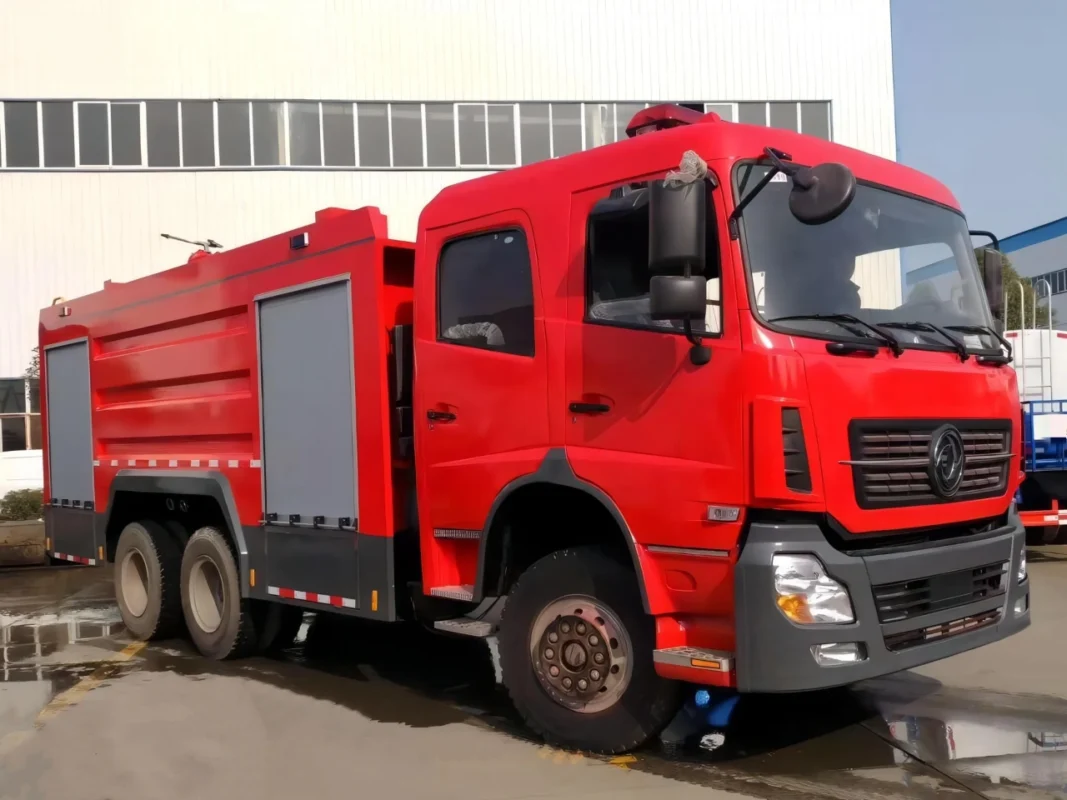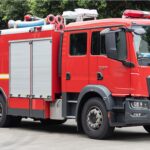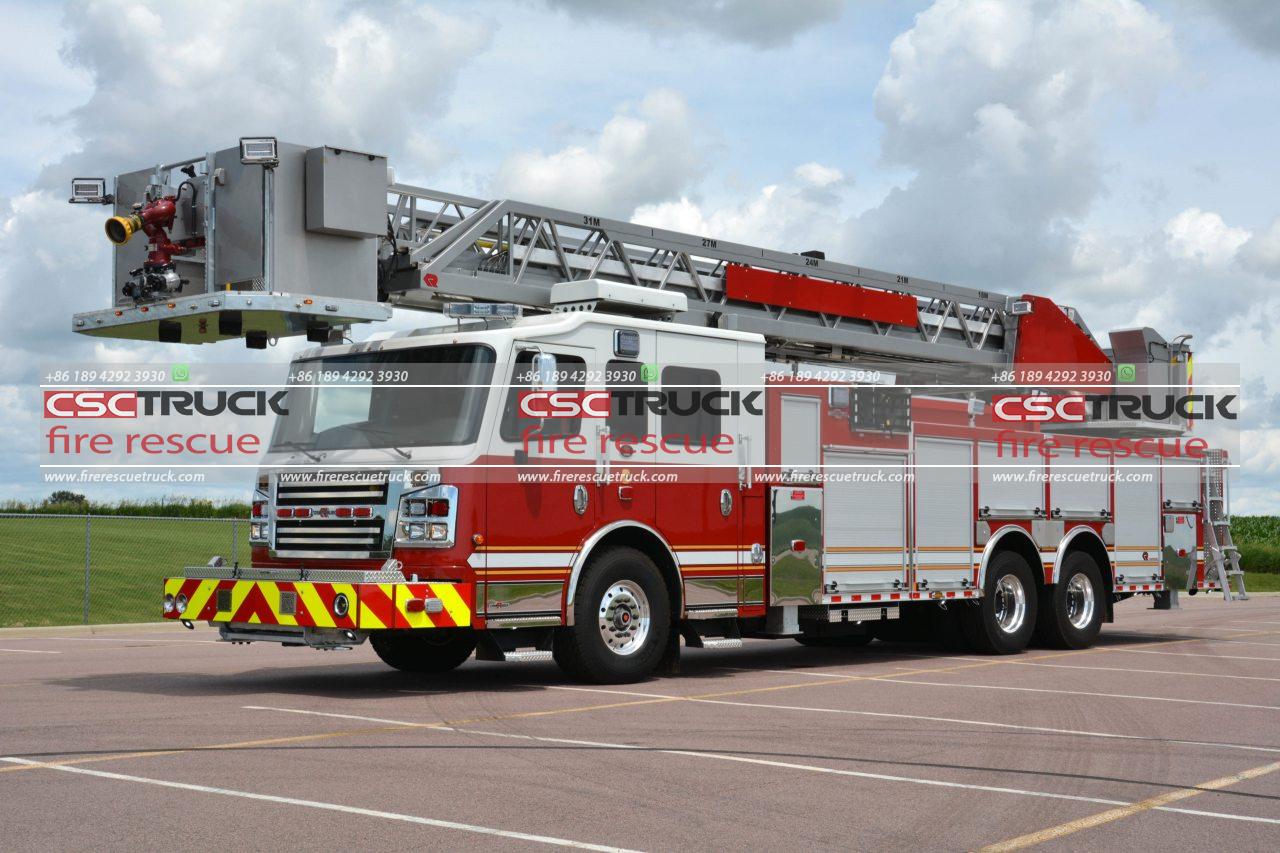A pumper apparatus, commonly known as a fire engine or fire pumper, is a critical piece of firefighting equipment designed primarily to pump water and extinguish fires. It serves as the backbone of fire suppression operations, providing water supply, hose deployment, and essential firefighting tools to emergency responders. In this article, we will explore the various components, types, and functions of a pumper apparatus, as well as its role in modern firefighting.
Components of a Pumper Apparatus
A pumper apparatus consists of several key components that work together to ensure efficient fire suppression. These include:
1. Pump System
The pump is the heart of the pumper apparatus. It is typically a centrifugal pump that can deliver large volumes of water at high pressure. Modern fire pumpers are rated according to their pumping capacity, which generally ranges from 750 gallons per minute (GPM) to 2,500 GPM or more. The pump is powered by the vehicle’s engine or a separate power take-off (PTO) system.
2. Water Tank
Most pumpers have an onboard water tank that allows them to provide an immediate water supply when hydrants or other water sources are not available. These tanks typically hold between 500 and 1,500 gallons of water, although some specialized units may carry more.
3. Hose Compartments
A pumper is equipped with a variety of hoses, including attack lines, supply lines, and large-diameter hoses. These hoses vary in length and diameter, enabling firefighters to deliver water efficiently from the pumper to the fire scene.
4. Discharge Outlets and Intakes
The pumper apparatus has multiple discharge outlets to supply water to hoses, as well as intakes for receiving water from hydrants, tankers, or other sources. These inlets and outlets are strategically placed on the apparatus to maximize operational flexibility.
5. Foam Proportioning System
Many modern pumpers are equipped with foam systems that allow firefighters to mix foam concentrate with water to combat flammable liquid fires. Foam enhances water penetration and improves fire suppression efficiency.
6. Ladders and Equipment Storage
Pumper trucks often carry a complement of ladders, tools, and rescue equipment. This includes extension ladders, forcible entry tools, ventilation equipment, and self-contained breathing apparatus (SCBA) for firefighter safety.
7. Control Panel
The control panel allows operators to regulate pump pressure, monitor water flow, and control various firefighting functions. Modern pumpers may have digital and analog controls to improve accuracy and ease of use.
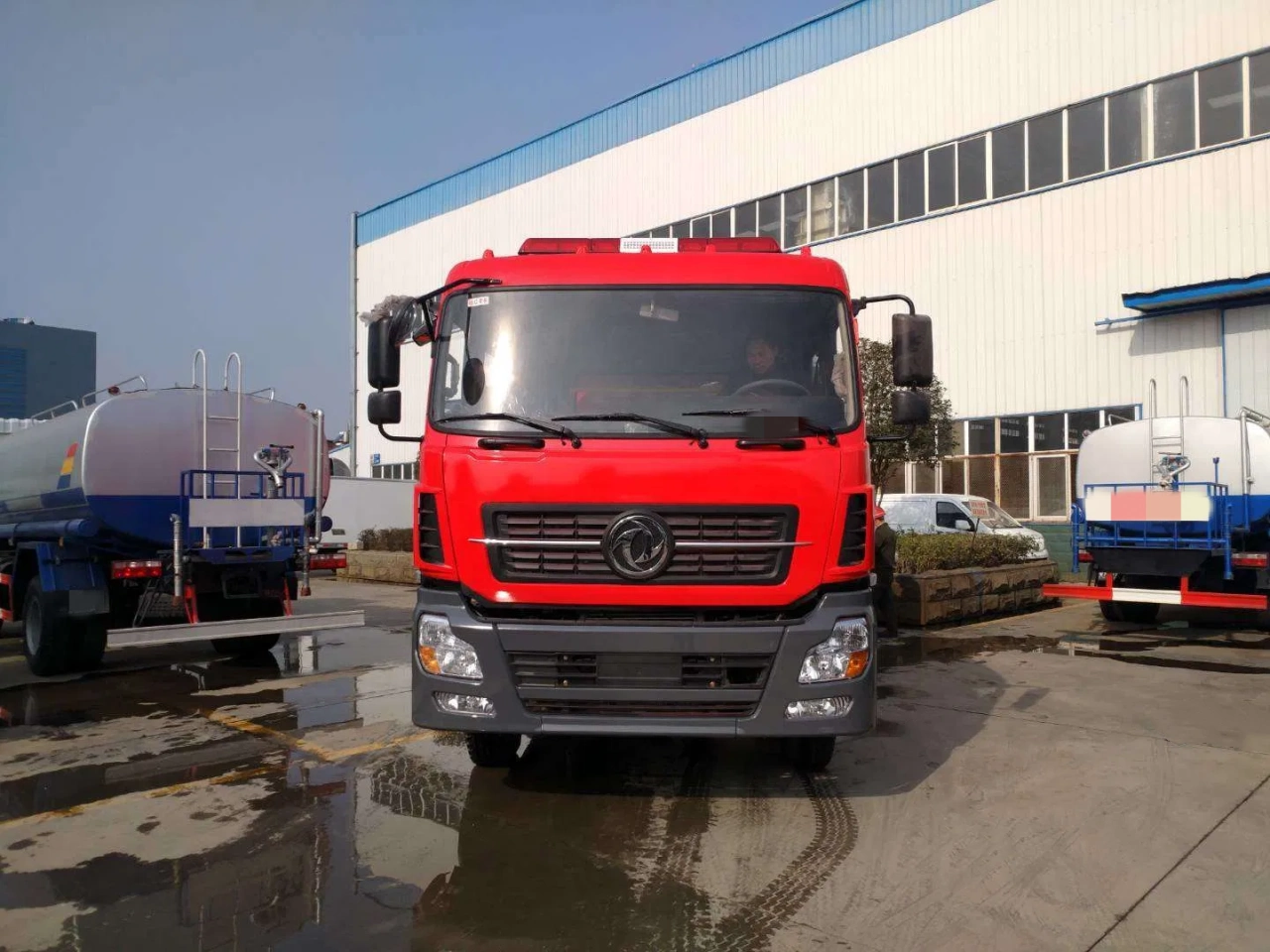
Types of Pumper Apparatus
Pumper apparatuses come in different configurations to meet the needs of various firefighting scenarios. Some common types include:
1. Standard Pumper
A traditional fire engine with a pump, water tank, and hose compartments. It is the most commonly used pump in municipal firefighting operations.
2. Rescue Pumper
Combining firefighting and rescue capabilities, a rescue pumper carries additional equipment such as extrication tools, medical supplies, and specialized rescue gear.
3. Industrial Pumper
Designed for large-scale industrial firefighting, these pumpers often have higher GPM ratings (up to 5,000 GPM) and advanced foam systems for handling hazardous materials fires.
4. Wildland Pumper
Built for off-road use in remote or forested areas, wildland pumpers have 4-wheel drive, smaller water tanks, and lightweight hose systems for maneuverability in rough terrain.
5. Aerial Pumper
Some pumper trucks are equipped with aerial devices, such as ladders or booms, to provide elevated water streams. These are used in high-rise firefighting and large-scale incidents.
How Does a Pumper Apparatus Work?
A pumper apparatus operates by drawing water from one of three sources:
- Onboard Water Tank – Provides an immediate water supply for quick response.
- Fire Hydrant or Static Water Source – Utilizes hydrants, lakes, ponds, or other sources to supply continuous water flow.
- Tanker Shuttle Operations – Water tenders transport water to the pumper when hydrants are unavailable.
Once water is drawn into the pump, it is pressurized and distributed through hoses to attack the fire. Firefighters control flow rates and pressure using the control panel, ensuring the correct amount of water reaches the fireground.
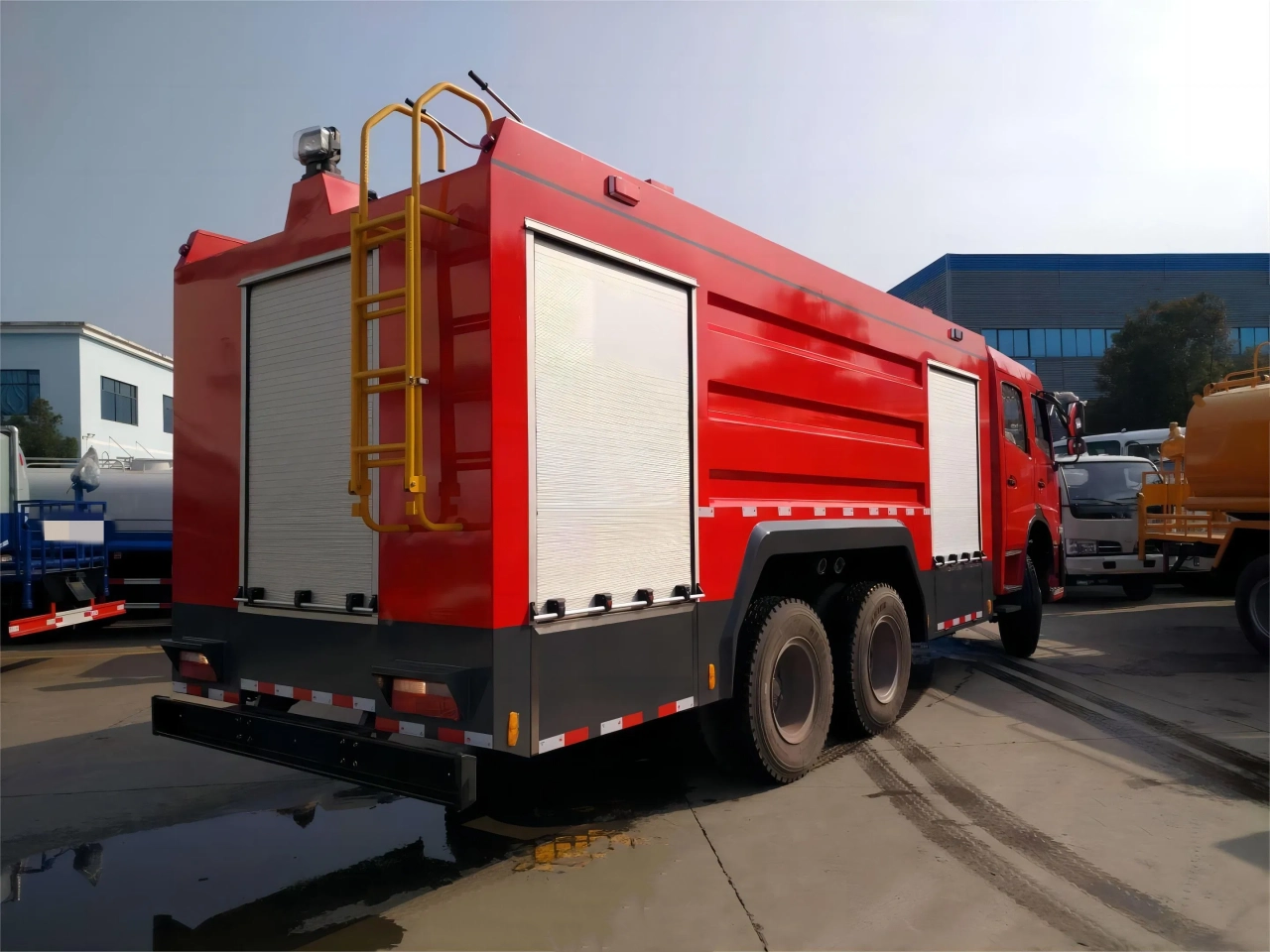
The Role of a Pumper Apparatus in Firefighting
Pumper apparatuses play a critical role in modern firefighting operations by:
- Providing Initial Fire Attack – They arrive first on the scene, supplying water and deploying attack lines to control fires before they spread.
- Supporting Other Fire Units – Pumpers supply water to aerial trucks, tankers, and other fire units.
- Conducting Rural Fire Suppression – In areas without hydrants, pumpers work with tankers to transport water and maintain fire suppression efforts.
- Handling Hazardous Materials Fires – With foam systems and specialized equipment, pumpers can tackle chemical and fuel-based fires.
Advancements in Pumper Apparatus Technology
Modern pumper apparatuses incorporate cutting-edge technology to enhance efficiency and safety. Some advancements include:
- Smart Pump Controls – Digital systems that automate pressure regulation and monitor water flow in real-time.
- Compressed Air Foam Systems (CAFS) – Improve fire suppression by delivering high-expansion foam.
- Ergonomic Designs – Improved storage compartments and lower hose beds for easier access.
- Telematics and GPS Tracking – Allow departments to monitor fleet movements and optimize response times.
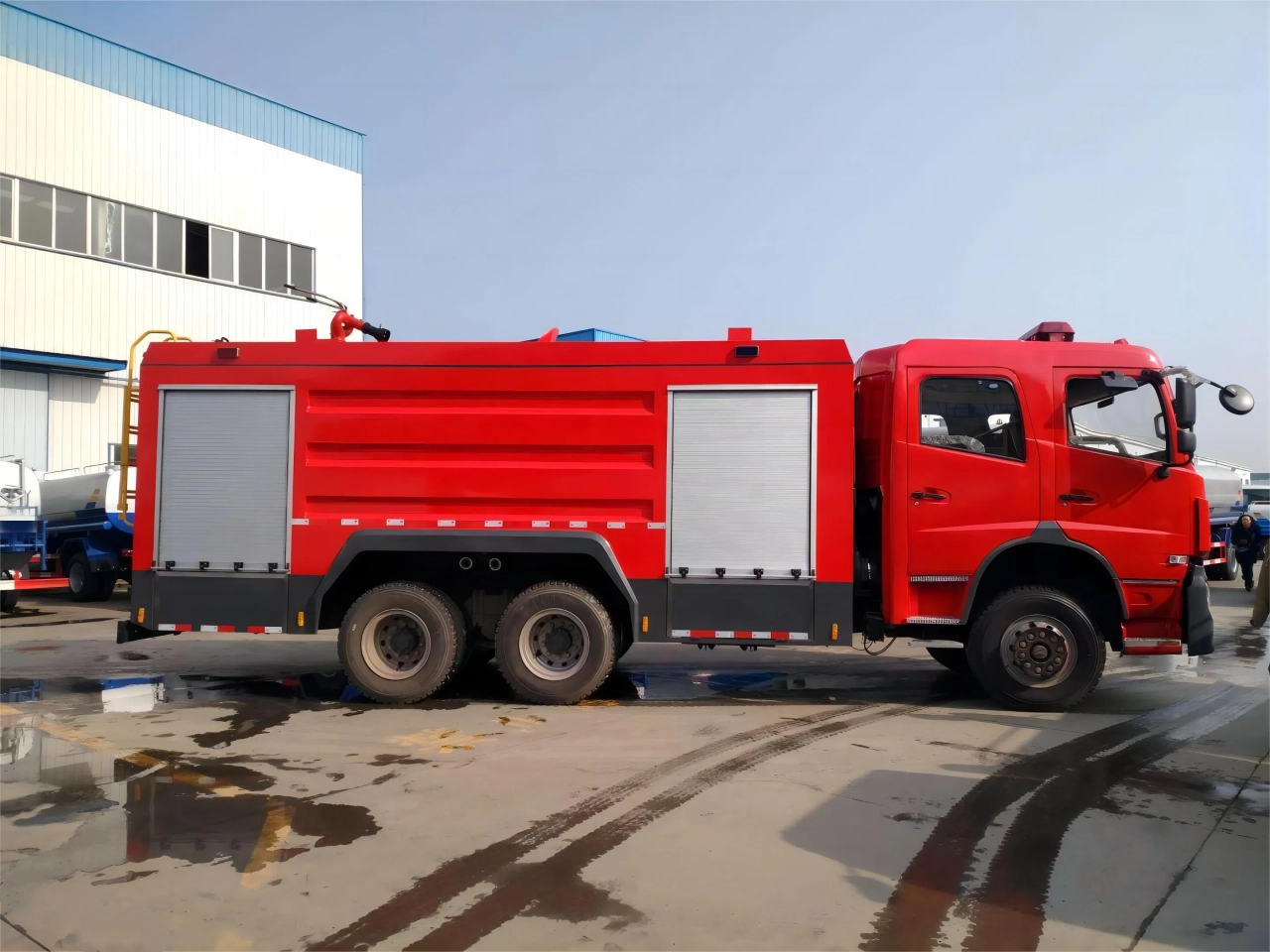
Conclusion
A pumper apparatus is a fundamental tool in firefighting, providing water, hoses, and essential equipment for fire suppression. With different types suited for various environments, these vehicles ensure that fire departments can respond effectively to emergencies. As technology continues to evolve, pumper apparatuses are becoming more efficient, enhancing the ability of firefighters to protect lives and property. Whether in urban or rural settings, a well-equipped pumper remains the frontline defense against fires.

